In the LOCHBY Origin Story, I mentioned that when I discovered fountain pens, I started sketching again. It was one of those small discoveries that tipped that first domino and soon I was researching art supplies and ‘urban sketching’ and visiting coffee shops to doodle and draw. Like many children, I used to draw a lot. Like many adults, I got busy with life and drawing fell to the wayside. Creating art again, even if it was only in a little journal, felt like my own personal Renaissance.
I experimented with a ton of materials and landed on what I believe to be the best kit for me. Though I recommend all of these items because I believe them to be high quality, they’re certainly not necessary to start creating art. A blank surface and marking tool is all you need. If you’re interested in just getting started, I’d suggest using whatever you have on hand. The act of creating is more important than the tools. But these things have really added to my enjoyment of the experience.
Here are a few factors that I considered when putting this kit together:
- Small and lightweight. I just need a few items to throw into a backpack or briefcase. When creating art in a studio, one can have all the supplies in the world, but when on the go, I don’t want to be encumbered.
- Durable. Again, because I’m out and about, I don't want these items to be delicate. I’m not in a controlled environment, so I need items that I can knock around knowing that they’ll keep performing.
- Use anywhere. I want the freedom to create art anywhere, whether in a coffee shop, standing in the street, or alongside a river in the mountains. Items like oil paints or dip pens wouldn’t work as well in these scenarios.
Now, let's take a look at the kit.

Pens/Pencils
I like fountain pens for sketching. I’m usually rotating through a bunch, but two of my favorites for this kit are the Pilot Prera and Pilot Falcon (metal body). The Prera can be eyedroppered, so it has a great ink capacity and it’s relatively inexpensive so I don’t have to worry about it. The Falcon has a soft, expressive nib and the metal bodied version is robust and takes the larger CON-70 cartridge converter. I’ll usually opt for a waterproof (ish) ink like Platinum Carbon Ink or Noodler’s Black.
These inks aren’t 100% waterproof and can take a while to dry, so if I’m going to be using watercolor on top of the ink right away, I’ll go with a Copic Multiliner. They have a durable, aluminum body and are refillable. I usually add some form of grip like gaffer or grip tape because the metal can be a bit slippery.
For a pencil, I like a mechanical pencil with a 0.5mm lead. That way, I don’t have to worry about sharpening. Since I’m sketching in a smaller A5 notebook, this smaller diameter lead works well for me. This one happens to be a Zebra M-301. I’m not particular about the brand, but I always choose one that has a grippy barrel.

Watercolors
I carry a small travel palette with 12 half pans. Lots of manufacturers make them and I found mine on Amazon. I buy watercolor tubes and refill the pans as necessary. These happen to be Winsor & Newton but I’ll go with another maker, like Daniel Smith, next.
Brushes
I keep a Pentel water brush for the convenience, but I prefer using a separate water source and these Escoda travel brushes. I keep a size 6 and 12, which works well for an A5-sized canvas. They come to a sharp point and can lay down a huge swath of color.
Roll
I designed the LOCHBY Tool Roll to fit all of these items. The thick elastic keepers hold pens, pencils, and brushes. Behind the elastic are three pockets which fit the travel palette perfectly. I can fit a Pocket Journal Refill in another pocket. The zippered mesh compartment holds smaller items. It all rolls up into a tight little burrito. Because it’s made of waxed canvas, it’s durable and lightweight, so it perfectly matches my criteria above.
Paper
I usually sketch on A5 paper when I’m out. It’s fairly small and portable and there are plenty of sketchbooks in this size. I alternate between watercolor paper and our own Plain Refills. I was pleased to learn that I could actually watercolor in our refills. Even though the pages are thin, they hold up to the water. I like to sketch with fountain pen ink and water as well, so this is a useful feature. Also, because the paper is so much thinner than watercolor paper, it reduces bulk, so I can fit way more sketches into a smaller kit.
Whichever paper I choose, it always goes into my LOCHBY Field Journal. We use a plastic sheet in the cover, which adds rigidity. This is useful if I need to sketch with the journal in my lap or even holding it in my hands. The pen loop means I can carry an extra pen and it has lots of pockets to stash other items. As with the Tool Roll, it’s covered in waxed canvas and was made to be taken out into the world.
Miscellaneous
I use binder clips to hold the pages in place. I’ll carry extra lead for the mechanical pencil. Sometimes it’s a color like blue or red if I’m going to ink my linework. I have a kneaded eraser. I usually try to sketch without using the eraser, but if I’m inking over pencil, I can roll the eraser over the pencil like dough, which reduces its opacity. Sometimes, I’ll carry an extra cartridge of fountain pen ink, just in case I forget to refill the pens themselves. These items all go into the zippered mesh pocket of the Tool Roll.

That’s the kit. I find that it has everything I need and nothing I don’t. While it’s great and compact for venturing out, it’s actually the same kit I use while at home. I might use a non-travel brush here or there, but it’s often just easier for me to unroll the Tool Roll and start creating.
What do you have in your kit? I’m always curious to hear what other artists use. I read a lot of blogs and watched a lot of YouTube videos to come up with this kit. Of course, the best way to finetune something like this is to get out there and experiment with it. I got plenty of ideas from other people, but it was putting these tools to use that allowed me to make it my own.
Let me know in the comments below what you think and what you’d add or subtract!
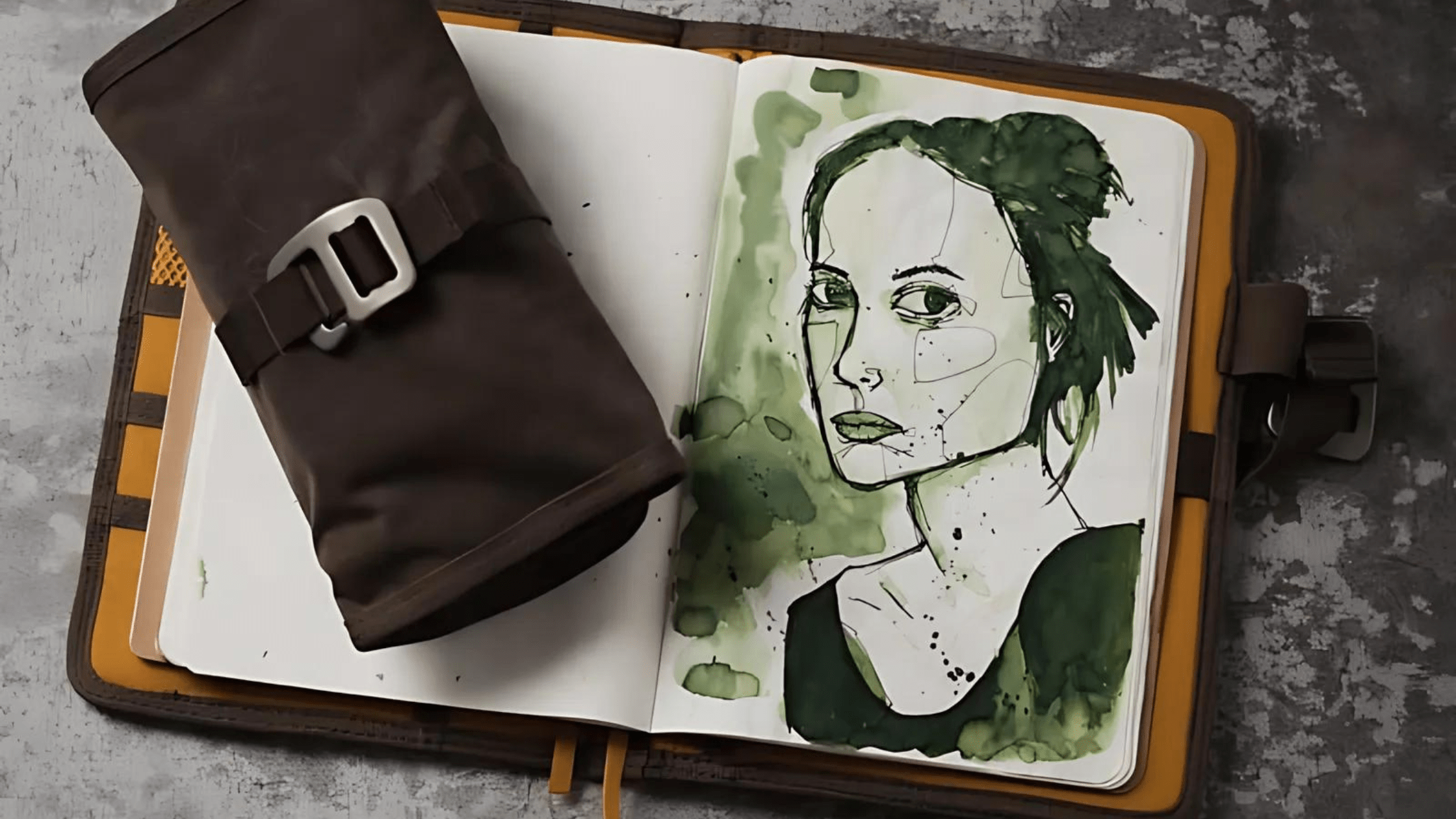
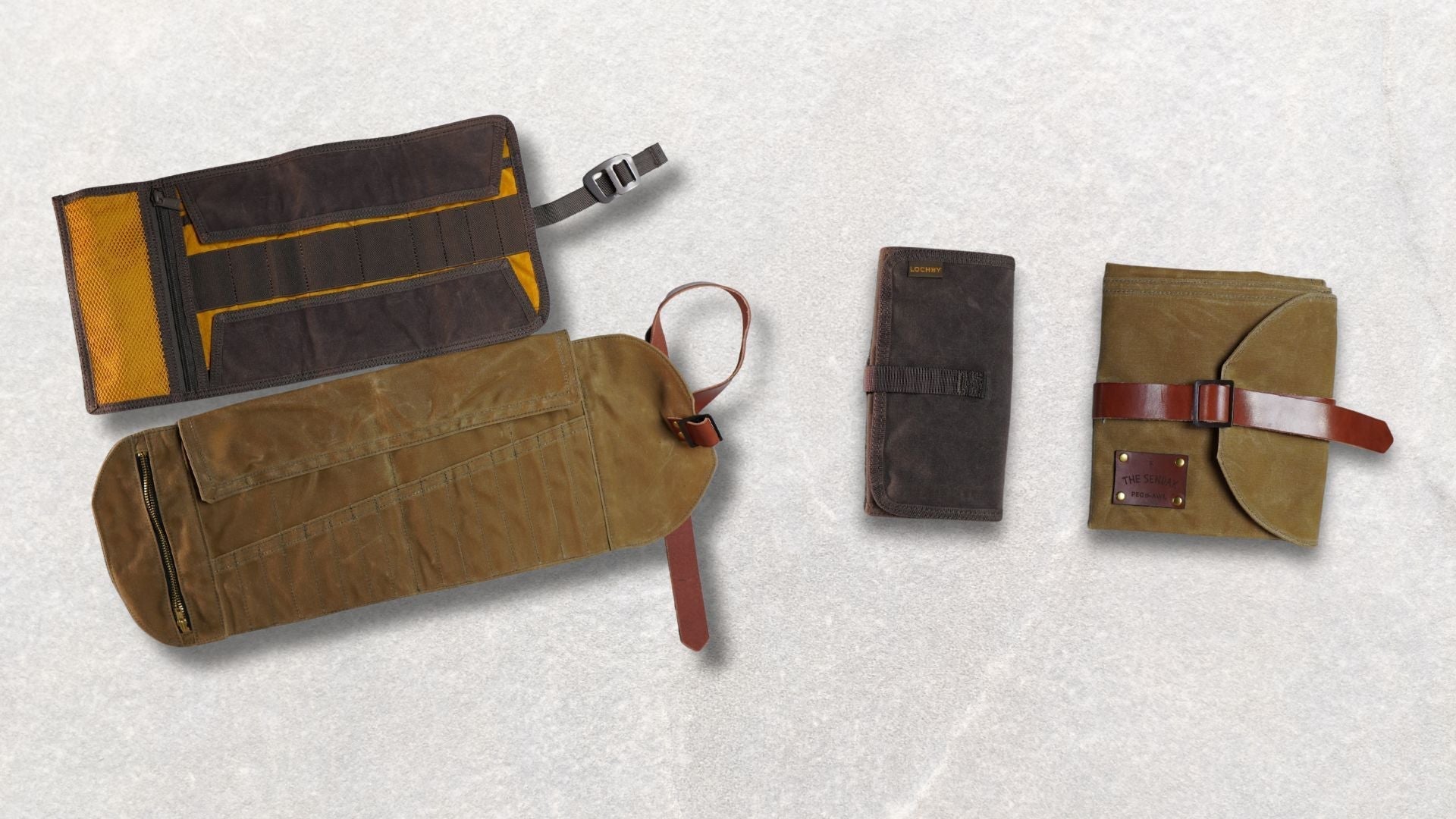
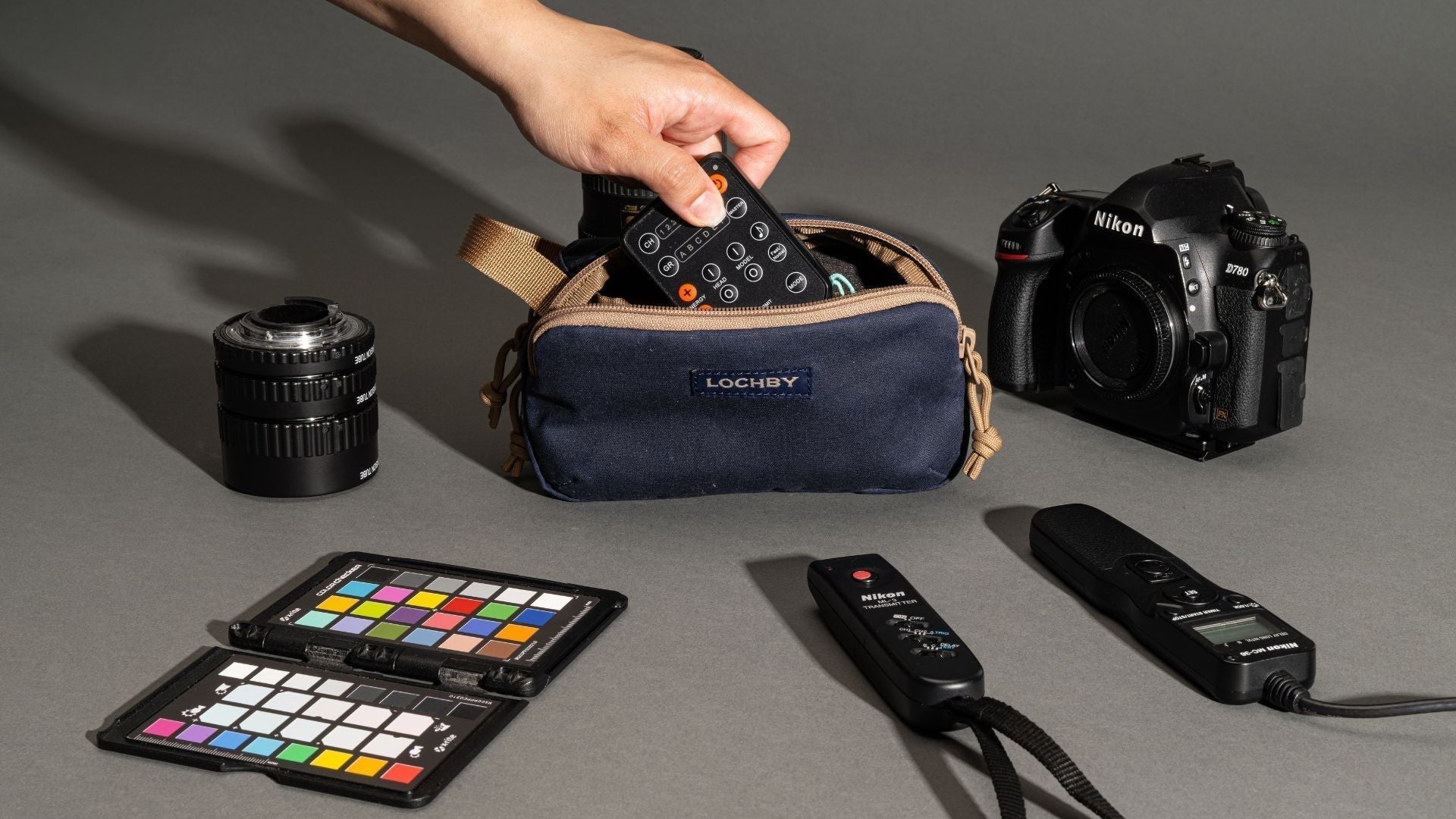
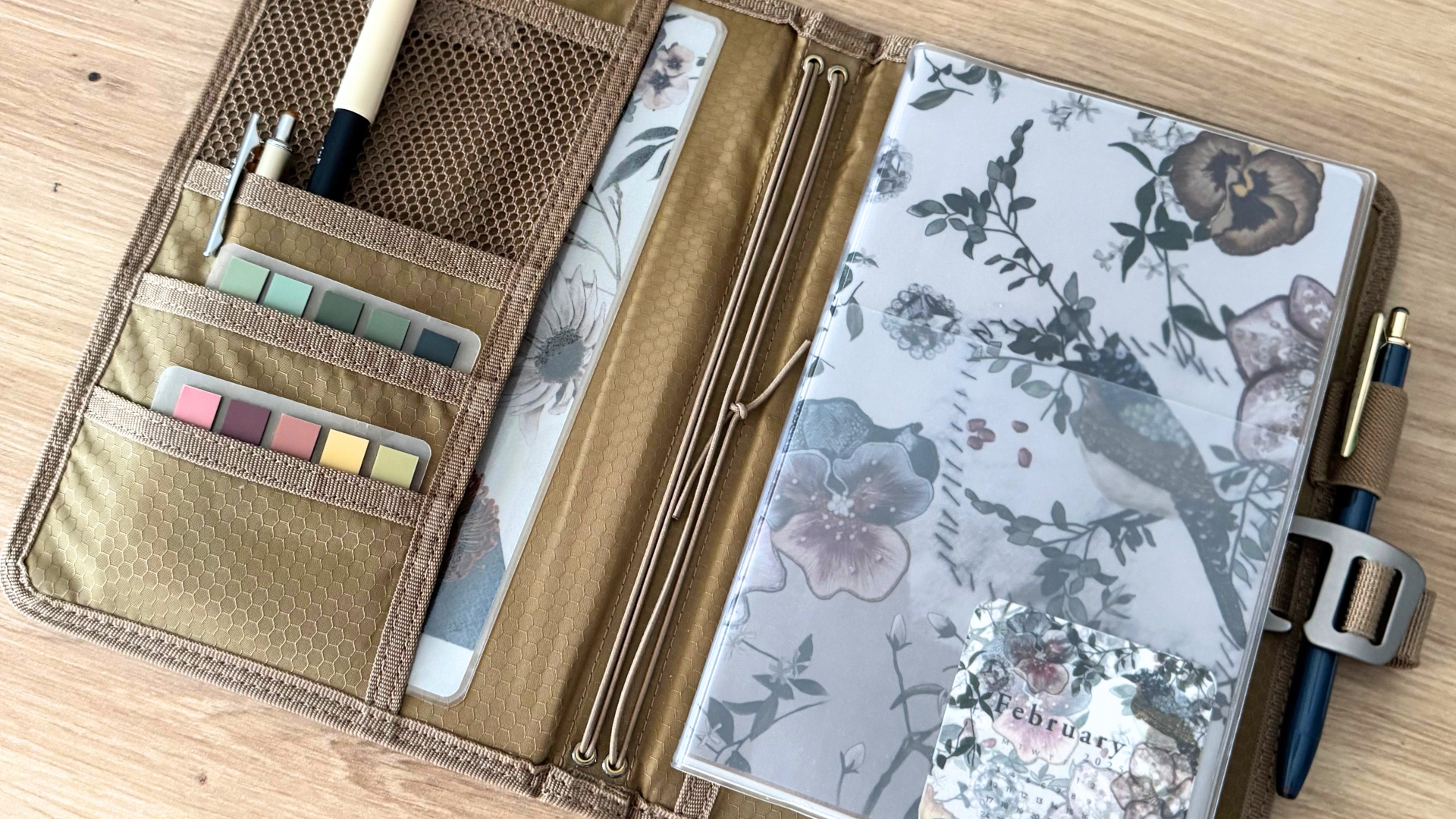
3 Reasons Why You Should Start A Journal This Fall
Get Ready To Meet Your Best Self! 3 Journaling Ideas For The New Year